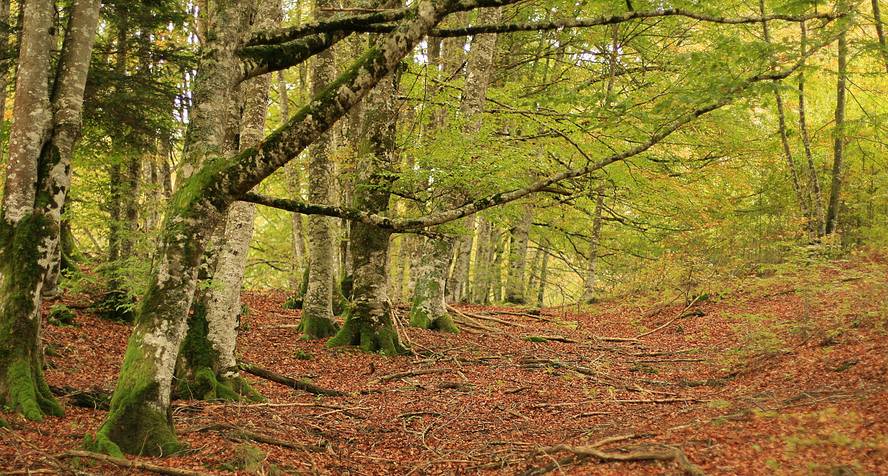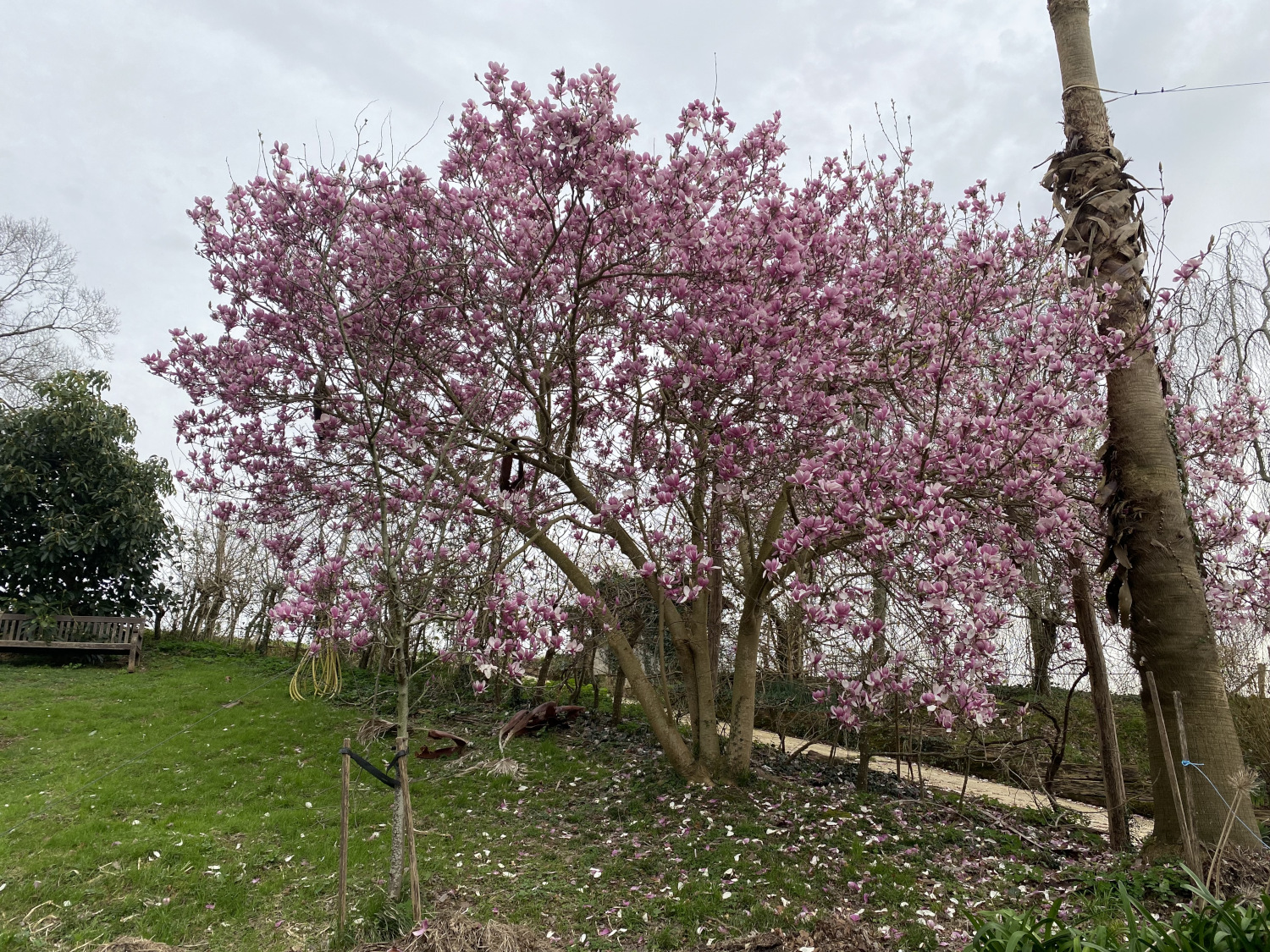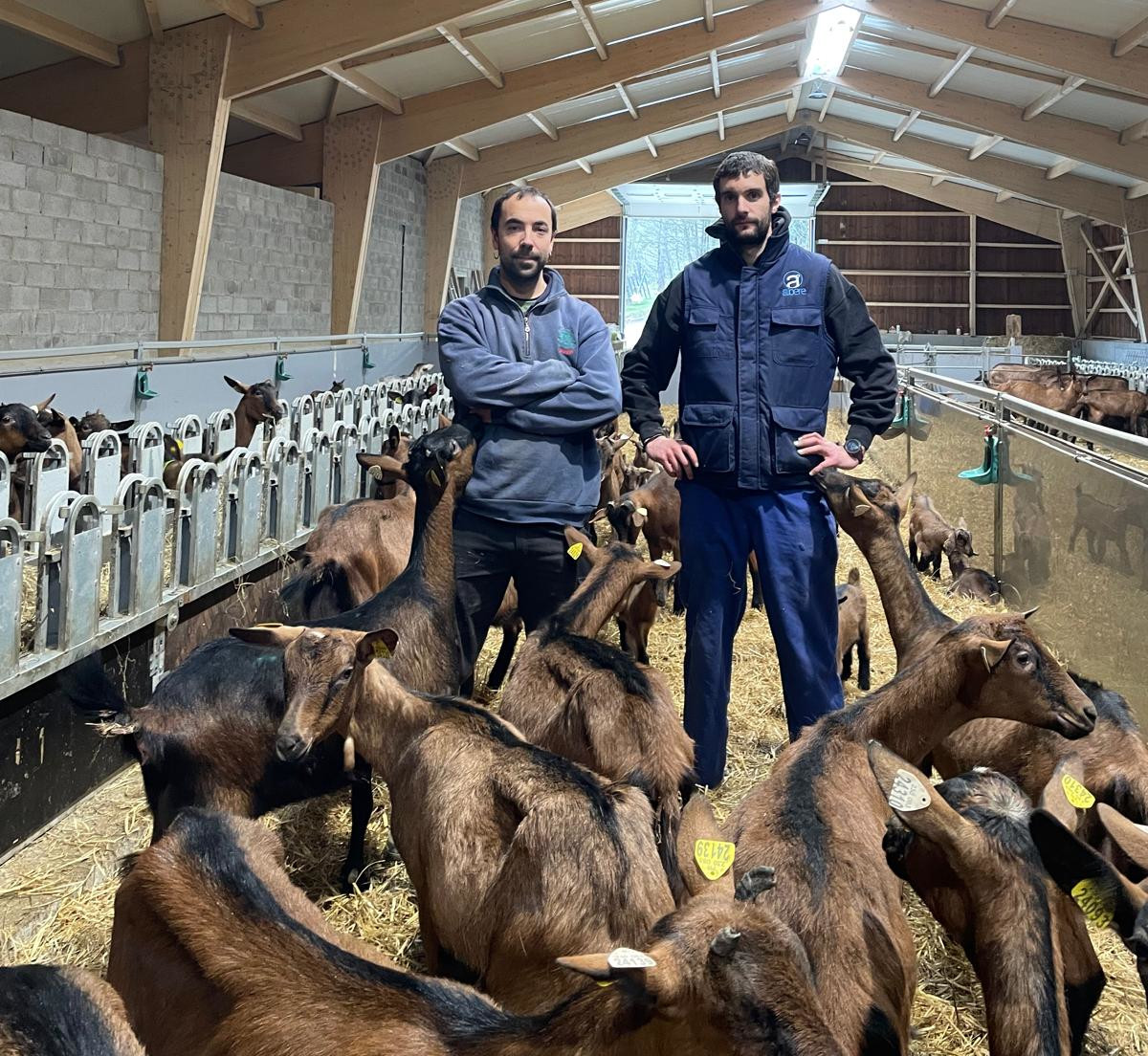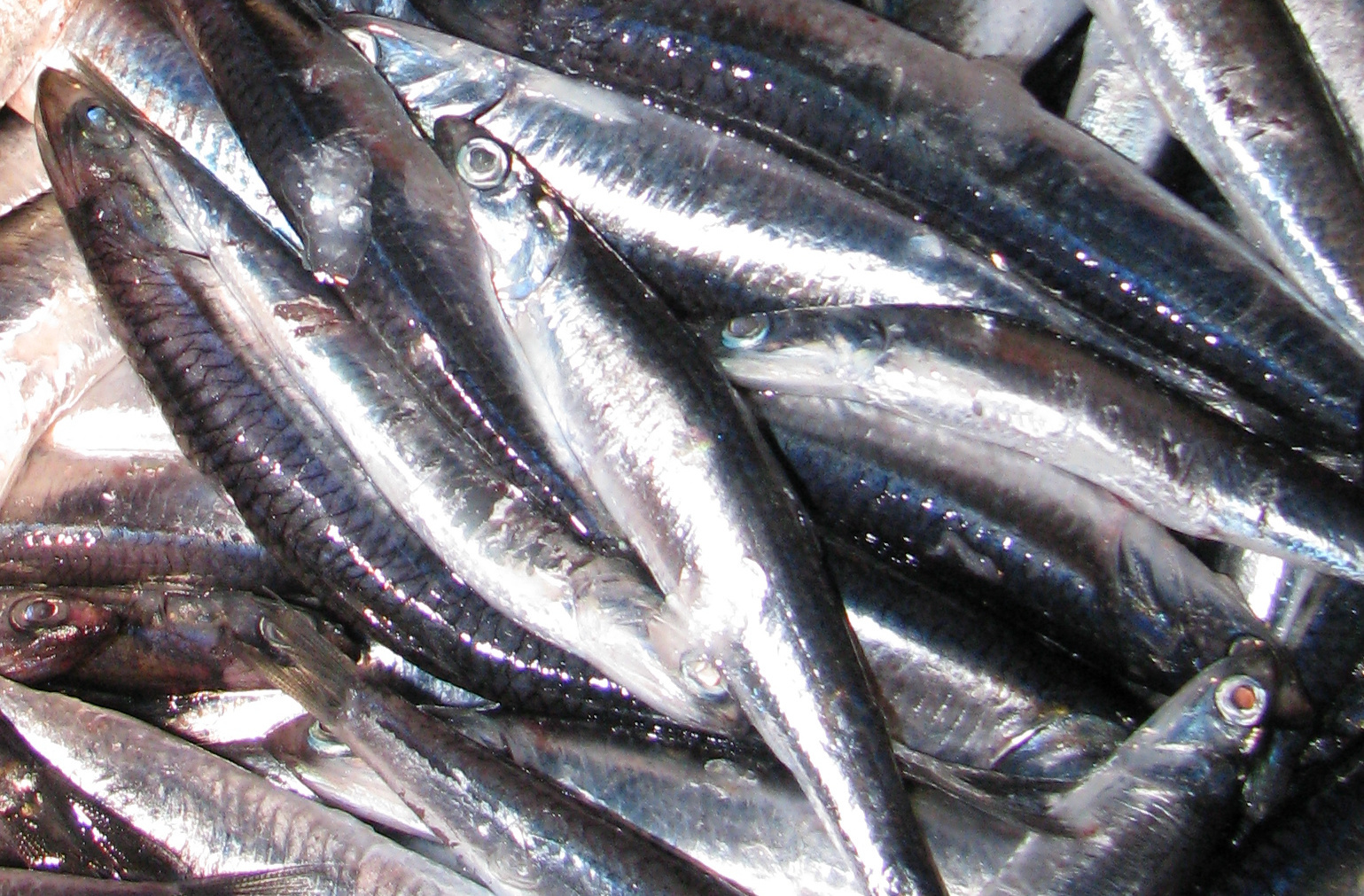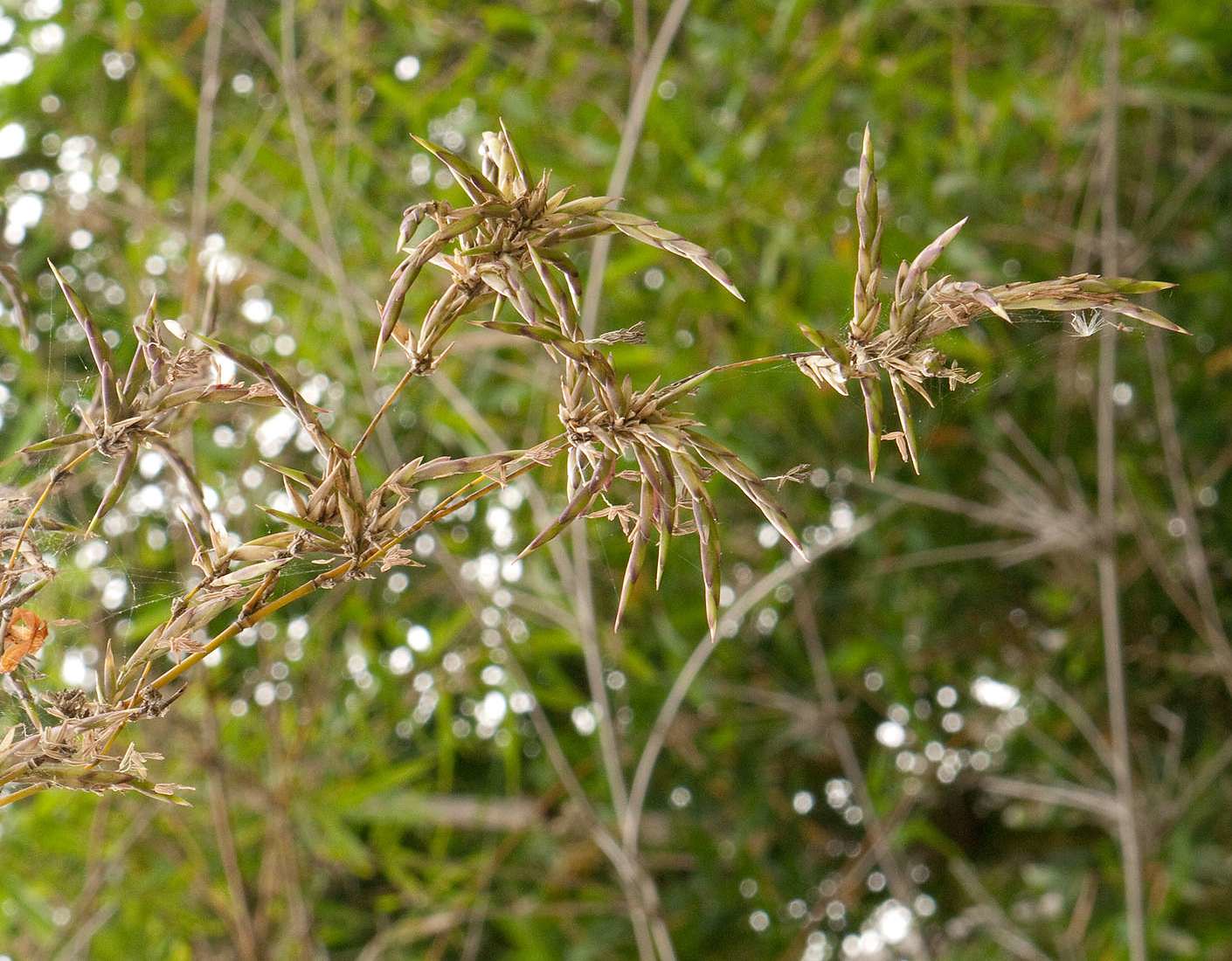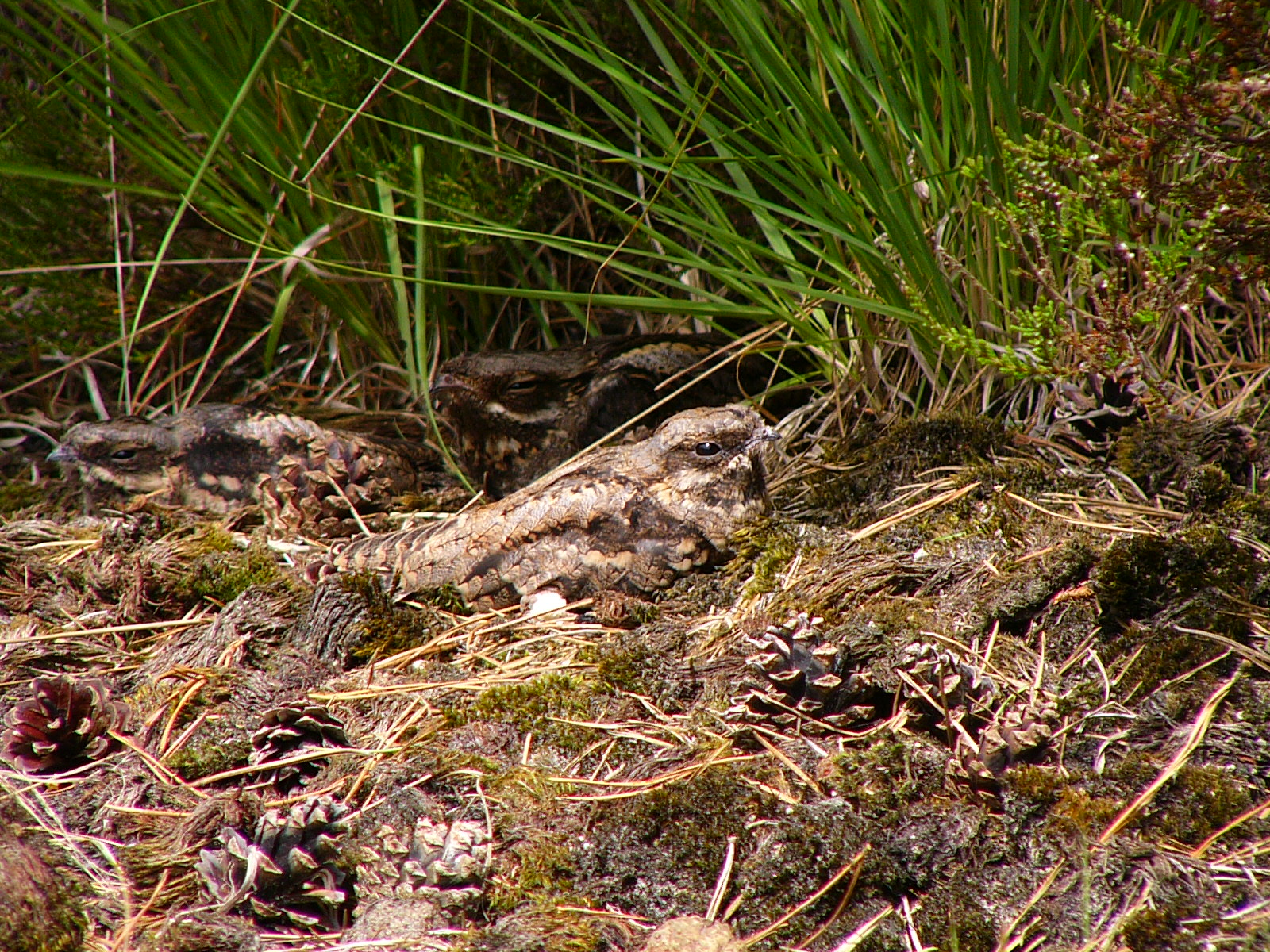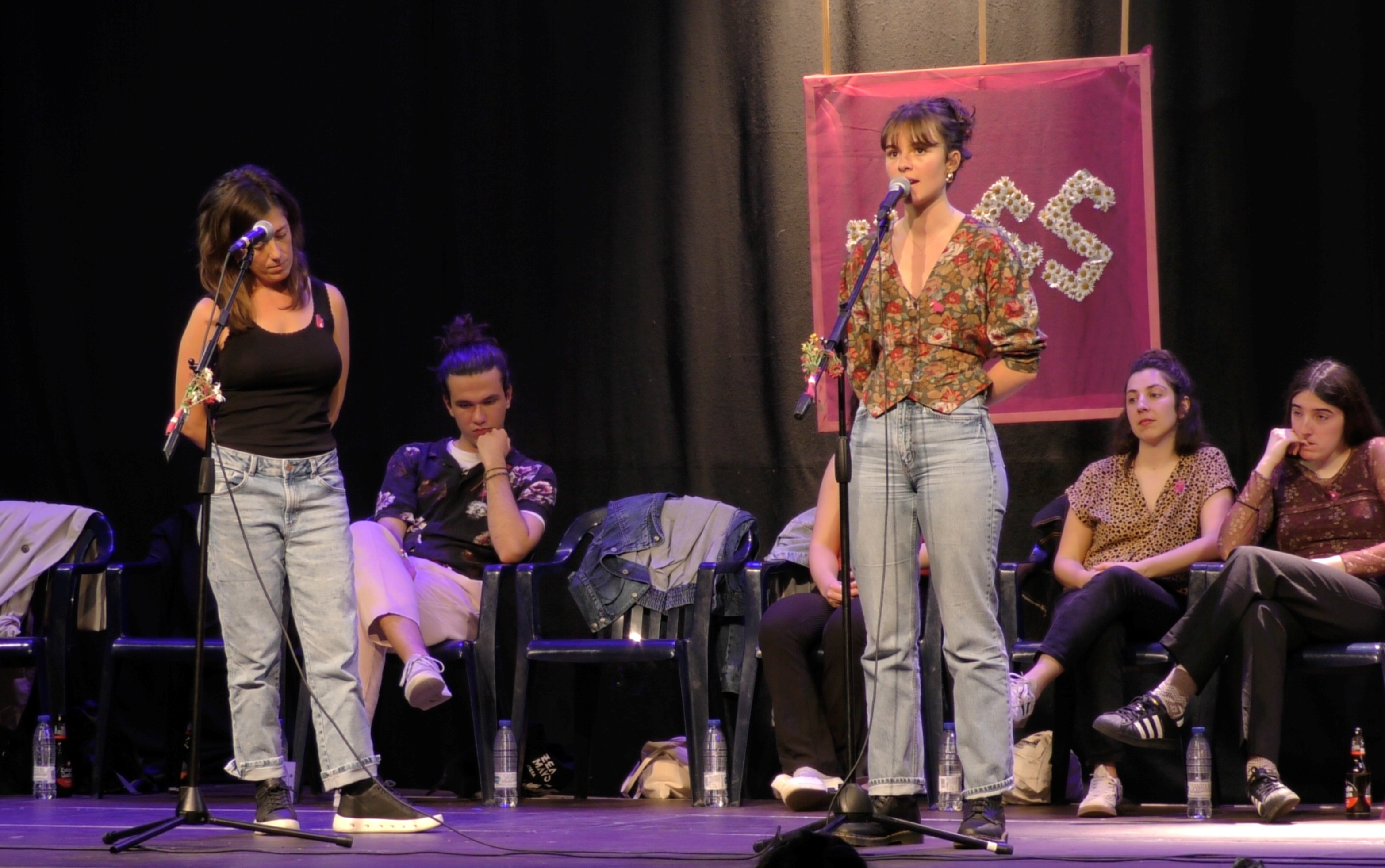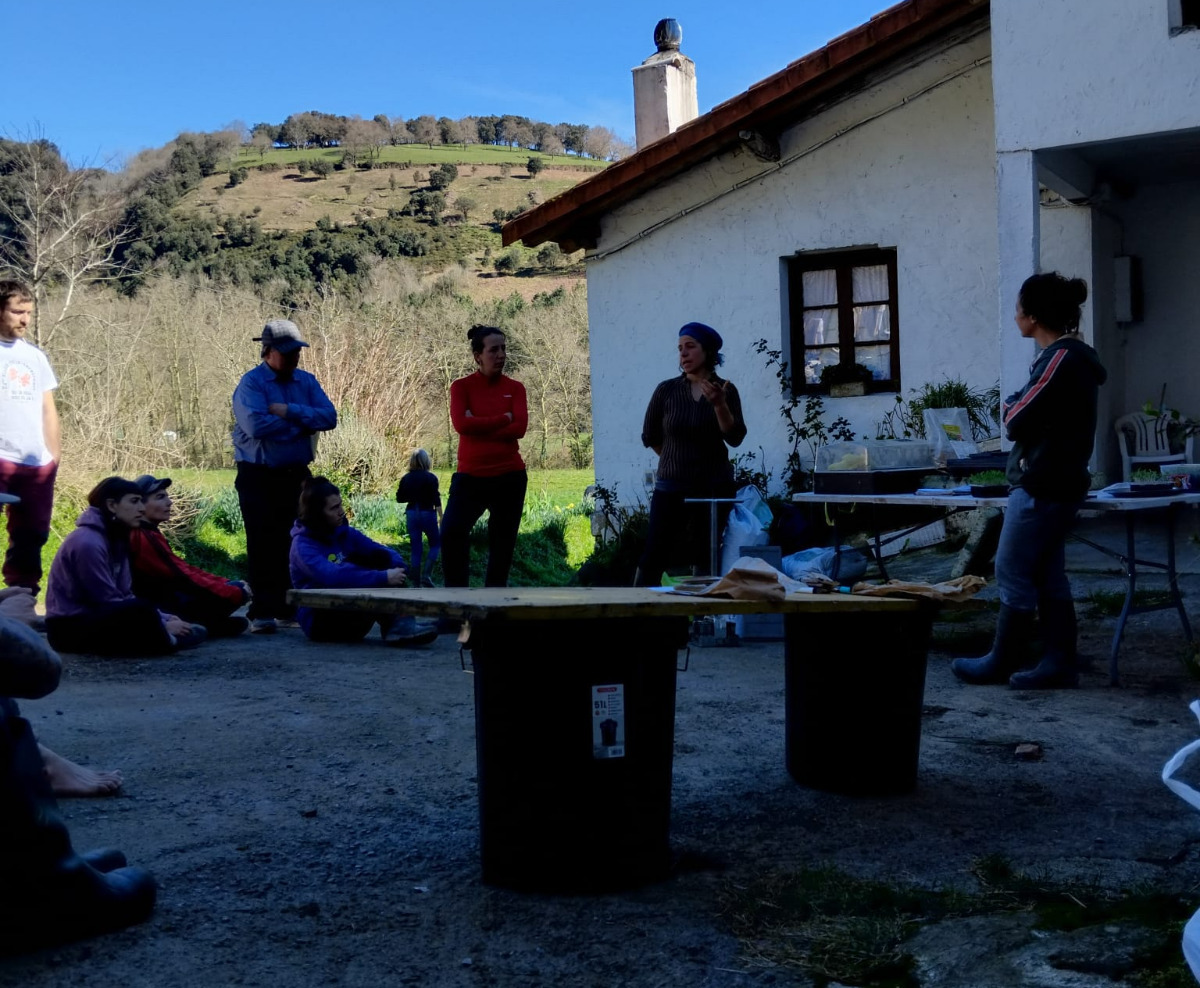Pulmonary grass
- In the autumn we have to look at the airways, because at this time almost everyone will have a cold. When that is the only thing that satisfies us, because the most serious respiratory diseases are completely poisoned in recent times. Mutual care is an extended habit and for this we have a wide variety of medicinal plants, but each one has its peculiarities.

As its name suggests, the pulmonary herb (Pulmonaria officinalis) is used for the respiratory tract, for lung and bronchial diseases. We usually pick it up in spring and early summer, but right now we still see gorgeous leaves in the corners, so it's not a bad time to pick up and put to dry. The leaves are rough or coarse, with compact beards, dark or light green. Most leaves have a white spot and many see spots that symbolize lung disease making analogy.
In English it has several names and one is our Lady´s milk drops. The Virgin, barefoot, stepped on the leaf and drained her milk, leaving the mark of always. When religion gets into it, it tends to be to collect the value of the medicinal herb, that is, to raise it from category.
It has many mucilages and allantoña, good ingredients to expel muci and soothe irritations of the respiratory tract. Tannins are often 10% of the plant, suitable for strengthening and regenerating tissues. It contains silic acid, a type of silicon, a valuable component for hardening and strengthening weakened tissues. It also contains potassium and calcium salt which is easily absorbed by the body.
The leaves can be dried, crushed and collected in fasting infusions during the morning. If you take it all fall we strengthen the lungs and work to prevent diseases of the respiratory system.
On the contrary, if we have lung and bronchial diseases, their influence is usually better together with other medicinal plants, so today it is placed in many mixtures of medicinal plants, as it is effective to treat these diseases.
It is mixed with thyme (Thymus vulgaris), cough herb leaf (Tussilago farfara), malva (Malva sylvestris), plantain (Plantago lanceolata) and subsection flower (Sambucus nigra), all placed in the same amount. Add 250 ml of boiling water and two small tablespoons, cover in five minutes and take three times a day after meals for two or three weeks.
It is also an ideal plant for making syrup. For this we need a kilo of honey, green or fresh leaves of lung (a handful), an ecological lemon and 30 ml of propolis. In the glass bowl, mouth width and airtight, the lemon is placed with the skin, filleted. Then green pulmonary grass leaves until 1/3 of the boat is completed, up to half if desired. It is filled with honey up and kept in a temperate and dark place for forty days, for example in the kitchen closet, where it moves from time to time. Once this period has elapsed, propolia is filtered and added by mixing well. In the glass bottle in the dark will be OK for a year (out of the refrigerator).
It has no noticeable effects or counterposition. It is safe during pregnancy and lactation, as well as for children. However, the infusion should always be filtered with a paper filter, otherwise the compact and hard perches that have the rough leaves irritate the mouth and throat (and intestines).
Mila milioika mintzo dira agintariak. CO2 isurketak konpentsatzeko neurri eraginkor gisa aurkeztuta, zuhaitz landaketei buruzko zifra alimaleak entzuten dira azken urteetan. Trantsiziorako bide interesgarria izan zitekeen, orain arteko oihanak zainduta eta bioaniztasuna... [+]
Kutsatzaile kimiko toxikoak hauteman dituzte Iratiko oihaneko liken eta goroldioetan. Ikerketan ondorioztatu dute kutsatzaile horietako batzuk inguruko hiriguneetatik iristen direla, beste batzuk nekazaritzan egiten diren erreketetatik, eta, azkenik, beste batzuk duela zenbait... [+]
Magnoliak eleganteak dira. Dotoreak. Anddereak. Pontxoak. Apainak. Pimentak. Gurbilak. Ponposak, ponpoxearrenak. Ortiroak. Ia-ia fazazkoak, kriket eta kraket. Ez naiz harritzen, beren loraldien azpian lurrarekin urtzerainoko handitasunaren menpeko sentitzen naiz urtero.
Ubidekoak (Bizkaia) dira Imanol Iturriotz eta Aritz Bengoa gazteak. “Lagunak gara txikitatik, eta beti izan dugu buruan abeltzaintza proiektu bat martxan jartzeko ideia”, azaldu du Iturriotzek. Nekazaritzari lotutako ikasketak izan ez arren, baserri munduarekin eta... [+]
Antxoa, bokarta edo albokartia, gure arrain komertzialen artean txikiena, euskal kostaldera hurbildu da.
Gaur abiatu da Bizi Baratzea Orrian kide egiteko kanpaina. Urtaro bakoitzean kaleratuko den aldizkari berezi honek Lurrari buruzko jakintza praktikoa eta gaurkotasuneko gaiak jorratuko ditu, formato oso berezian: poster handi bat izango du ardatz eta tolestu ahala beste... [+]
Noizbait. Noiz izan ote zen? Noizbait landareren batek lorea egitea erabaki zuen. Bai, bai, landareek ere erabakiak hartzen dituzte, eta guk maiz ez bezala, erabakiak bete egiten dituzte. Eta loreak sortu zituzten.
Iruñean bizi ziren Iñaki Zoko Lamarka eta Andoni Arizkuren Eseberri gazteak, baina familiaren herriarekin, Otsagabiarekin, lotura estua zuten biek betidanik. “Lehen, asteburuetan eta udan etortzen ginen eta duela urte batzuk bizitzera etorri ginen”, dio... [+]
Katalanen ustetan artzainak engainatzen omen ditu hegazti honek: “enganyapastors”. Espainiar eta latindarrek, aldiz, ahuntzari esnea kentzen diola diote, hortik datorkio hain zuzen ere izen zientifikoan (Caprimulgus europaeus) islatzen den caprimulgus (capra... [+]
Festa egiteko musika eta kontzertu eskaintza ez ezik, erakusketak, hitzaldiak, zine eta antzerki ikuskizunak eta zientoka ekintza kultural antolatu dituzte eragile ugarik Martxoaren 8aren bueltarako. Artikulu honetan, bilduma moduan, zokorrak gisa miatuko ditugu Euskal Herriko... [+]
Leihatila honetan behin baino gehiagotan azaldu ditugu Ama Naturaren engainuak bere izakiak babestearren. Batzuetan, erle edo liztor itxura zuten euliak ekarri ditugu, beste batzuetan inongo arriskurik ez duten arrisku-kolorazioko intsektuak ere bai (kolorazio aposematikoa... [+]
Gipuzkoako hamaika txokotatik gerturatutako hamarka lagun elkartu ziren otsailaren 23an Amillubiko lehen auzo(p)lanera. Biolur elkarteak bultzatutako proiektu kolektiboa da Amillubi, agroekologian sakontzeko eta Gipuzkoako etorkizuneko elikadura erronkei heltzeko asmoz Zestoako... [+]
Nori ez zaio gustatzen ahuakatea? Ia denok atsegin dugu fruitu berri hori, di-da amaren batean etxekotu zitzaigun. Zenbat urte da ba dendaero ikusten hasi garela? Gure mahaietara iritsi aurretik, historia luzea du.
Udaberri aurreratua ate joka dabilkigu batean eta bestean, tximeletak eta loreak indarrean dabiltza. Ez dakit onerako edo txarrerako, gure etxean otsailean tximeleta artaldean ikustea baino otsoa ikustea hobea zela esaten baitzen.
Administrazio Epaitegiak arrazoia eman dio EH Bilduk Lizarrako plantilla organikoaren hizkutnz profilen aurka jarritako helegiteari.









